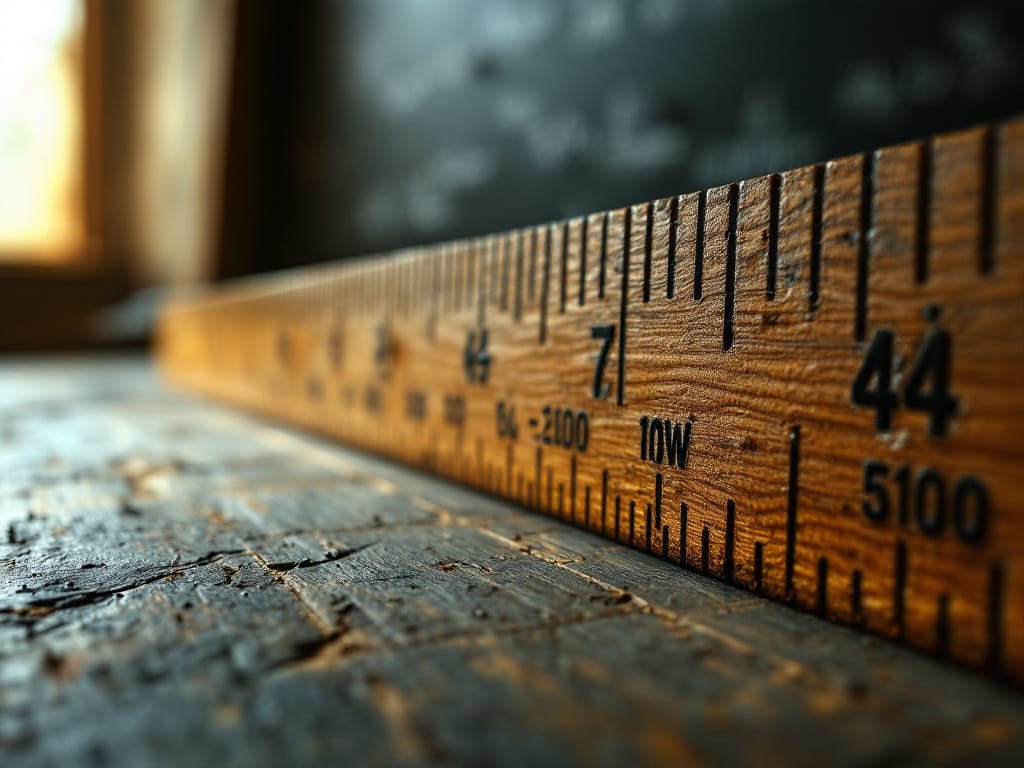Casting Level Marking
In the construction and engineering industries, precision is everything. Whether you’re working on a high-rise building, a bridge, or a factory foundation, maintaining accurate levels during concrete casting is essential for structural integrity and alignment. This is where Casting Level Marking comes into play.
Casting level marking is a crucial step in construction that ensures concrete is poured at the correct height, ensuring uniformity, durability, and compliance with design specifications. Without proper level marking, projects can face structural issues, misalignment, and costly rework.

This article explores everything about casting level marking, including its importance, methods, tools, and best practices. Whether you are a civil engineer, contractor, or construction worker, understanding level marking can help improve the quality and efficiency of your projects.
What is Casting Level Marking?
Casting level marking is the process of marking reference points on formwork, walls, or columns to guide workers when pouring concrete. These markings indicate the exact level at which concrete should be poured, ensuring uniformity and structural stability.
Level marking is used in various stages of construction, including:
✅ Foundation Casting – Ensuring that the base of the structure is level.
✅ Column Casting – Keeping vertical elements aligned and consistent.
✅ Slab Casting – Ensuring flat and even floors.
✅ Beam and Roof Casting – Maintaining proper height alignment across the structure.
By following accurate level markings, construction workers can prevent uneven surfaces, improper load distribution, and structural weaknesses.
Why is Casting Level Marking Important?
1. Ensures Structural Integrity
Incorrectly cast concrete can weaken a structure, leading to potential safety risks. Level marking ensures that all elements are poured correctly, reducing the chances of failure.
2. Prevents Costly Rework
Without precise markings, workers may pour concrete at incorrect levels, leading to expensive corrections, material wastage, and project delays.
3. Improves Aesthetic and Functional Quality
A building with uneven floors, misaligned columns, or an inconsistent roofline looks unprofessional and may not function as intended. Level marking helps maintain design accuracy.
4. Facilitates Efficient Construction
With clear level markings, workers can quickly and confidently proceed with concrete pouring, minimizing confusion and delays.
5. Ensures Compliance with Engineering Standards
Construction projects must adhere to specific design codes and standards. Level marking helps ensure compliance with these regulations.
Tools and Equipment for Casting Level Marking
Several tools are used to ensure accurate level marking during concrete casting. The choice of tool depends on the complexity of the project and the level of precision required.
1. Spirit Level (Bubble Level)
- A simple and widely used tool for checking horizontal and vertical alignment.
- Best for small-scale projects or quick level checks.
2. Laser Level
- Uses laser beams to project a level reference across large areas.
- Ideal for high-precision projects such as flooring and foundation work.
3. Dumpy Level (Auto Level)
- A traditional surveying instrument used to establish reference points over long distances.
- Commonly used for foundation and slab level marking.
4. Total Station
- A highly accurate electronic device that combines distance measurement and angle calculation.
- Used for complex and large-scale projects requiring extreme precision.
5. Chalk Line Marker
- A simple tool that uses chalk powder to create level guide lines on surfaces.
- Useful for marking straight reference lines for concrete pouring.
6. Water Level Tube
- Uses water displacement to determine level reference points.
- Effective for transferring levels across rooms or areas without high-tech equipment.
By choosing the right tool for the job, construction professionals can ensure precision in casting level marking and maintain consistency throughout the project.
Methods of Casting Level Marking
There are several techniques used in casting level marking, each suited to different types of projects. Here are the most common methods:
1. Traditional Marking Using a Water Level or Spirit Level
- Used for small-scale projects and basic level marking.
- Involves marking points on walls or formwork using a chalk line or marker.
2. Laser Leveling for High Precision
- Ideal for large-scale projects where high accuracy is needed.
- A laser level is set up at a reference height, and workers align formwork accordingly.
3. Using Surveying Instruments Like Dumpy Level or Total Station
- Preferred for civil engineering projects and large structures.
- Reference points are marked based on height calculations from the site’s benchmark level.
4. Screed Leveling for Concrete Flooring
- A guide rail or screed pipe is placed at the required level before pouring concrete.
- Ensures an even and smooth finish for slabs and floors.
5. Digital Leveling with Smart Technology
- Advanced methods use digital levels with GPS for automated marking and measurement.
- Useful for complex projects like bridges and skyscrapers.
Each method has its benefits, and the right choice depends on the project’s complexity, budget, and required accuracy.
Steps for Effective Casting Level Marking
To ensure a smooth and error-free casting level marking process, follow these steps:
Step 1: Determine the Benchmark Level
- Identify a fixed reference point (benchmark) on-site.
- This could be an existing structure, surveyor’s marker, or a designated site reference.
Step 2: Set Up the Leveling Equipment
- Use the appropriate tool (spirit level, laser level, dumpy level, etc.) to establish reference points.
Step 3: Mark the Levels on Formwork or Walls
- Use chalk, markers, or nails to create visible guide points on surfaces.
- If using a laser level, ensure that all workers can see the projected line.
Step 4: Cross-Check and Verify
- Double-check measurements using another method (e.g., cross-verifying a laser level with a dumpy level).
- This prevents costly mistakes before concrete pouring begins.
Step 5: Begin Concrete Casting Following the Markings
- Once verified, proceed with pouring concrete, ensuring it aligns with the marked levels.
- Use leveling tools like a screed board to maintain even height.
Step 6: Monitor and Adjust if Necessary
- As concrete is poured, monitor levels and make adjustments if needed.
- Once the concrete sets, reconfirm alignment to ensure accuracy.
Challenges in Casting Level Marking and How to Overcome Them

Even with the best tools and methods, some challenges can arise in casting level marking. Here’s how to handle them:
| Challenge | Solution |
| Human Errors in Marking | Always cross-check with another leveling tool. |
| Environmental Factors (Wind, Rain, etc.) | Use waterproof markers and cover work areas if necessary. |
| Equipment Calibration Issues | Regularly calibrate tools like laser levels and total stations. |
| Shifting or Movement During Pouring | Secure formwork and monitor levels during the entire casting process. |
| Lack of Skilled Workers | Train workers on the importance of accurate level marking and correct tool usage. |
Final Thoughts
Casting level marking is an essential step in ensuring structural accuracy and quality in construction. By using the right tools, following proper techniques, and double-checking measurements, builders and engineers can achieve high precision in concrete casting.
Whether you’re working on a small home project or a massive infrastructure development, mastering casting level marking is key to preventing costly mistakes and ensuring the success of your construction project.
✔ Ready to take your construction accuracy to the next level? Invest in the right tools and training for precise casting level marking today! 🚧
Read More: The Future of Smart Speed Bump
Read More: High-Performance Concrete Build Business Case Value
